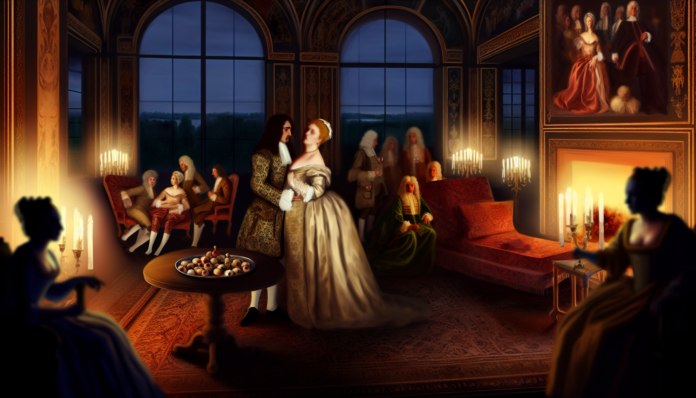Introduction
Throughout history, royal scandals have often echoed the complex interplay between love, power, and societal norms. One of the most intriguing cases is that of King Henry VIII and Anne Boleyn, whose passionate affair reshaped the course of English history during the 16th century. As the King sought an annulment from his first wife, Catherine of Aragon, the prevailing moral attitudes—centered on divine right and religious adherence—were dramatically challenged. This scandal not only led to the English Reformation but also ignited fervent debates about authority, fidelity, and desire.
The Scandal
The affair between Henry VIII and Anne Boleyn began around 1525, but it became a full-blown scandal by the early 1530s. At that time, Henry was desperate for a male heir but was frustrated by Catherine’s inability to produce one. Anne, young and spirited, caught the King’s eye, and their clandestine relationship became an open secret at court.
Key events unfolded rapidly:
- The Betrothal: Henry pursued Anne relentlessly, even attempting to secure an annulment from the Pope—a request that was ultimately denied. Disillusioned by the Catholic Church’s refusal, Henry decided to break away and establish the Church of England.
- The Coronation of Anne: In 1533, after marrying Anne in secret, Henry crowned her as queen consort. The public spectacle embarrassed Catherine, who remained in denial about the royal affair, fueling outrage among her supporters.
- Accusations of Infidelity: The affair took a dark turn in 1536 when Anne was accused of adultery, treason, and witchcraft. The charges were dubious at best, but the King’s desire had shifted, and he ordered her execution.
Contemporary accounts reveal the tumult of emotions surrounding the scandal. Thomas Cromwell, Henry’s chief minister, famously stated, “The King’s heart is set,” showcasing the extent to which royal will could reshape beliefs and norms.
Moral and Cultural Analysis
Society’s reaction to Henry and Anne’s affair was complex:
- Political and Religious Turmoil: Henry’s actions led to the dissolution of monasteries and a radical shift in the English church’s landscape. The fallout was felt far and wide, prompting uprisings like the Pilgrimage of Grace in 1536, which protested these changes.
- Public Opinion: While the court fluttered with scandal, there remained factions loyal to Catherine, who viewed Anne as a manipulative temptress. The public discourse was fraught with gossip, illustrating the societal hunger for salacious details about royal lives.
In contrast, consider today’s societal norms regarding infidelity:
- Modern Scandals: If a contemporary leader were to engage in a similar affair, reactions might vary widely. With social media amplifying voices, public opinion can cause rapid shifts—leading to immediate backlash or, conversely, public support for personal freedoms.
- Changing Values: Today’s discourse around relationships often includes notions of consent and agency that were far from the consideration in the 16th century. Were a modern leader to navigate an affair, the focus might lean more towards transparency and personal choice rather than strict adherence to religious or moral norms.
Henry and Anne’s scandal serves as a lens through which to view the evolving nature of power and passion across centuries, revealing how forbidden love can ignite revolutions and reframe societal values.

